Victorian Halloween Parties
| The big focus for Victorians at Halloween however, was hosting parties and playing parlor games. In Halloween parlor games specifically, the Victorians focused a lot on different methods of divination, trying to determine their own futures and the futures of their friends and family. This was connected to the rise of Spiritualism, an American religious movement that focused around communicating with spirits and using these communications to predict the future, oftentimes by using divination practices derived from other cultural and religious traditions. Halloween games during this period were typically played by the younger generations of Victorians, many of whom ascribed to Spiritualist ideas, whereas older generations saw the divination games as designations of a lack of intelligence. |
| In the Parlor, we have an example of one of these Halloween traditions geared towards divining. A fruitcake would be baked with tokens inside: a thimble, a ring, a key, a button, and a coin. Each attendee would get a slice of the cake, passed out by the oldest person in the room, and if you got one of the tokens, it was said to predict your future for the next year as a spinster or bachelor (thimble), married (ring), wealthy (coin), finding love (button) or going on a journey (key). Another popular game involved a woman standing in front of a mirror in a darkened room with a knife and an apple. Different versions of the game exist, however a more common version was peeling the apple in front of the mirror, which would reveal the person that the woman would marry or a skeleton if they were to die before they were married. Apple bobbing was also popular, with the belief that whoever would get an apple first would be the next to get married. |
Death by Fashion
| The Victorian period is also known as a time when upper class women wore layers and layers of rich, heavy fabrics to illustrate their wealth. These fabrics were supported by a crinoline, a cage-like undergarment worn under heavy skirts to support them and add volume. While they did reduce the layers of petticoats (underskirts) that women had to wear to add volume to their dresses, the crinolines created their own set of problems for the wearer. |

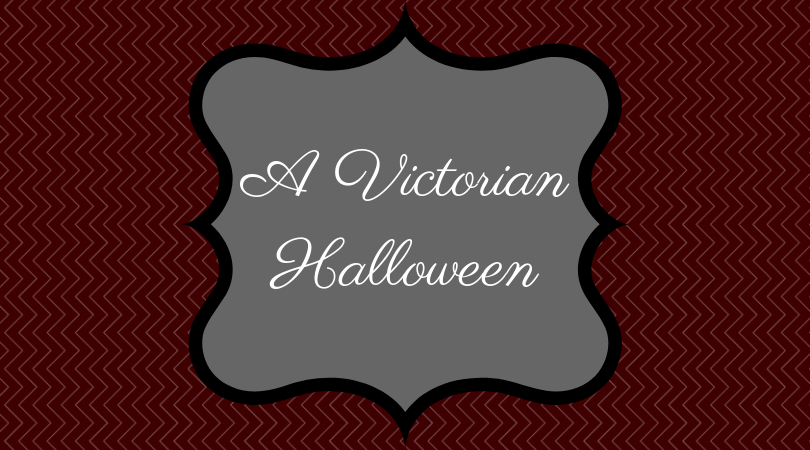
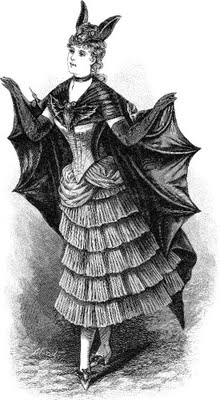
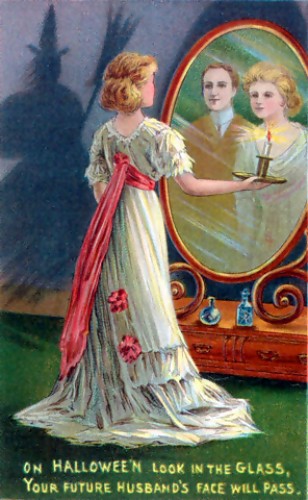
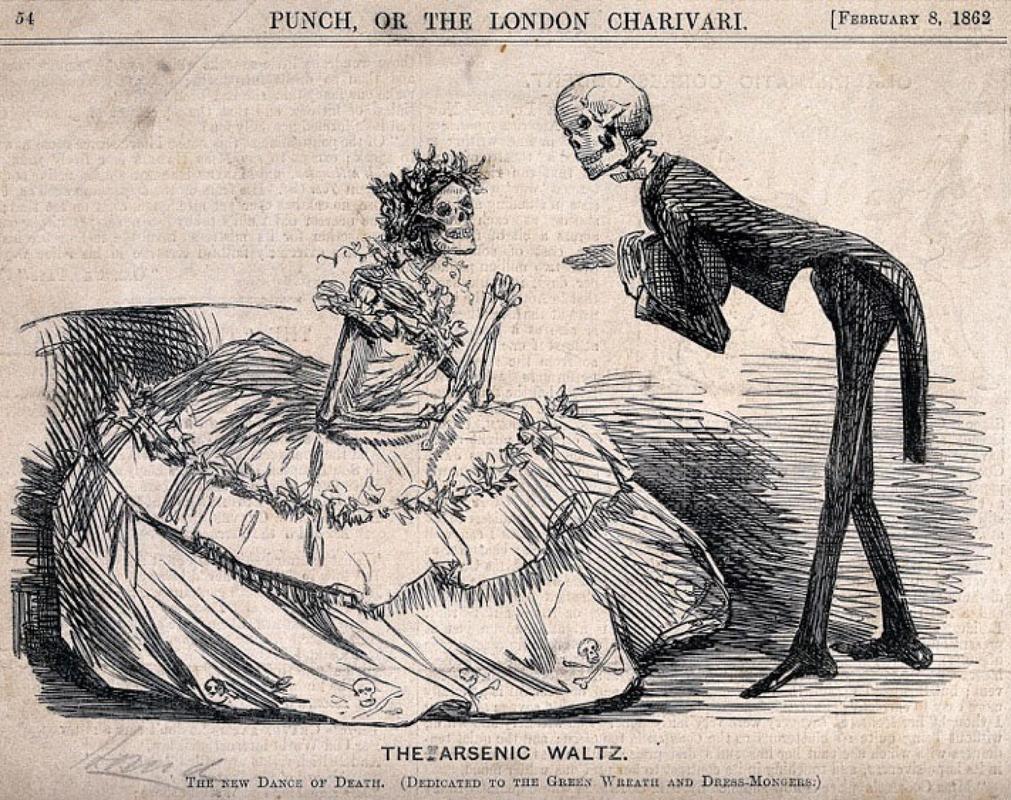
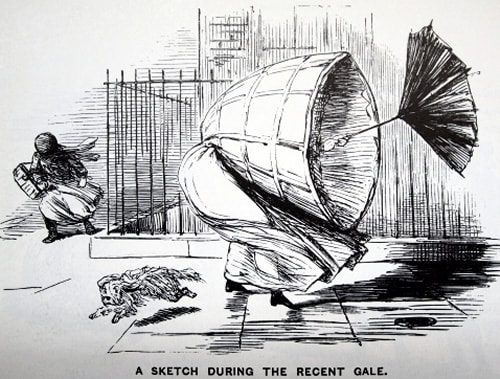
 RSS Feed
RSS Feed